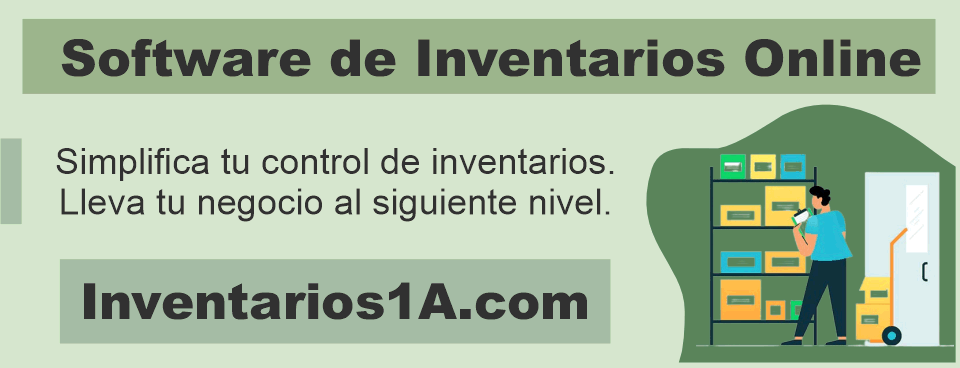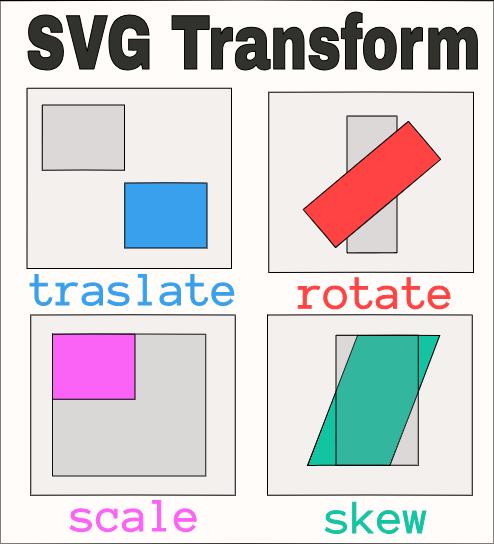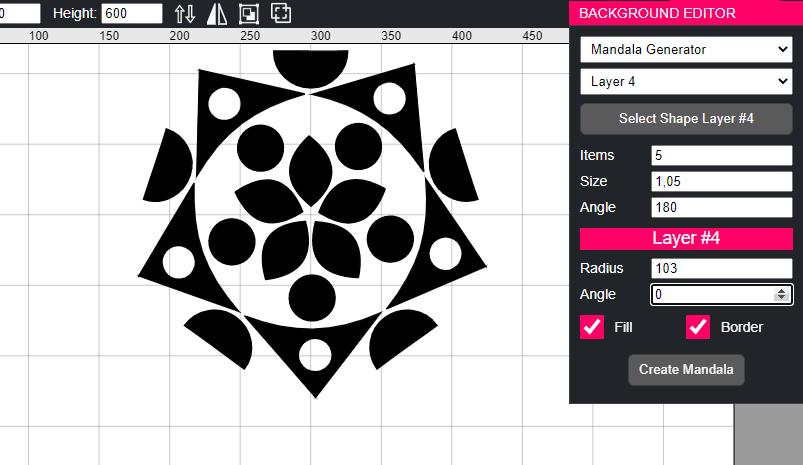The Fascinating World of Optical Illusions: A Visual Deception Unveiled
Optical illusions are a testament to the incredible complexity of human perception and the mysterious ways our brains interpret visual information. These captivating phenomena challenge our understanding of reality, demonstrating that what we see is not always what we get. In this discourse, we will embark on a journey into the realm of optical illusions, exploring their origins, types, and the science behind these mind-bending tricks of the eye.

A Historical Glimpse: Tracing the Origins
The fascination with optical illusions dates back centuries. Ancient civilizations, such as the Greeks and Egyptians, were already experimenting with visual tricks in their art and architecture. However, it wasn't until the Renaissance that artists and scientists began to systematically study and document these intriguing phenomena.
Types of Optical Illusions: Playing with Perception
Optical illusions come in various forms, each designed to challenge different aspects of visual perception. Some of the most common types include:
- Geometric Illusions: These illusions manipulate shapes, lines, and patterns to create the illusion of movement, distortion, or size alteration. The famous Penrose stairs and the Müller-Lyer illusion fall into this category.
- Ambiguous Illusions: Ambiguous figures, such as the Necker Cube and the Rubin's Vase, present visual information that can be interpreted in multiple ways, leading to perceptual flip-flopping.
- Color Illusions: These illusions exploit the way our brains perceive colors and can make adjacent colors appear to change or create illusory colors, as seen in the Watercolor Illusion and the Checker Shadow Illusion.
- Motion Illusions: Motion-induced illusions, like the Rotating Snakes and the wagon-wheel effect, trick us into perceiving movement where there is none.
- Depth Illusions: These illusions toy with our perception of depth and 3D space. Examples include the Ames Room, which distorts the sizes of objects, and the Ponzo Illusion, which manipulates perspective.

The Science Behind the Magic: How Optical Illusions Work
Understanding optical illusions requires a glimpse into the inner workings of our visual system. Illusions often exploit the brain's reliance on heuristics, or mental shortcuts, to process visual information quickly. When these shortcuts are manipulated by the illusion, we perceive something that defies logic.
One key player in optical illusions is our brain's tendency to fill in missing information. When presented with incomplete or ambiguous data, our brain makes assumptions to create a coherent picture of the world. Optical illusions exploit this tendency by providing just enough information to trigger these assumptions while leaving out critical details.
The Practical Applications: Beyond Entertainment
While optical illusions are a source of wonder and amusement, they also have practical applications. They are used in various fields, including art, design, and psychology, to explore human perception, test cognitive abilities, and create captivating visual experiences.
A Window into the Complexity of Human Perception
Optical illusions serve as a compelling reminder that our perception of reality is not a flawless reflection of the world around us. They highlight the intricate interplay between our visual system and the stimuli it encounters, offering a glimpse into the remarkable complexity of human perception. Exploring optical illusions unveils the beauty of our cognitive processes and the endless wonders of the visual world.






